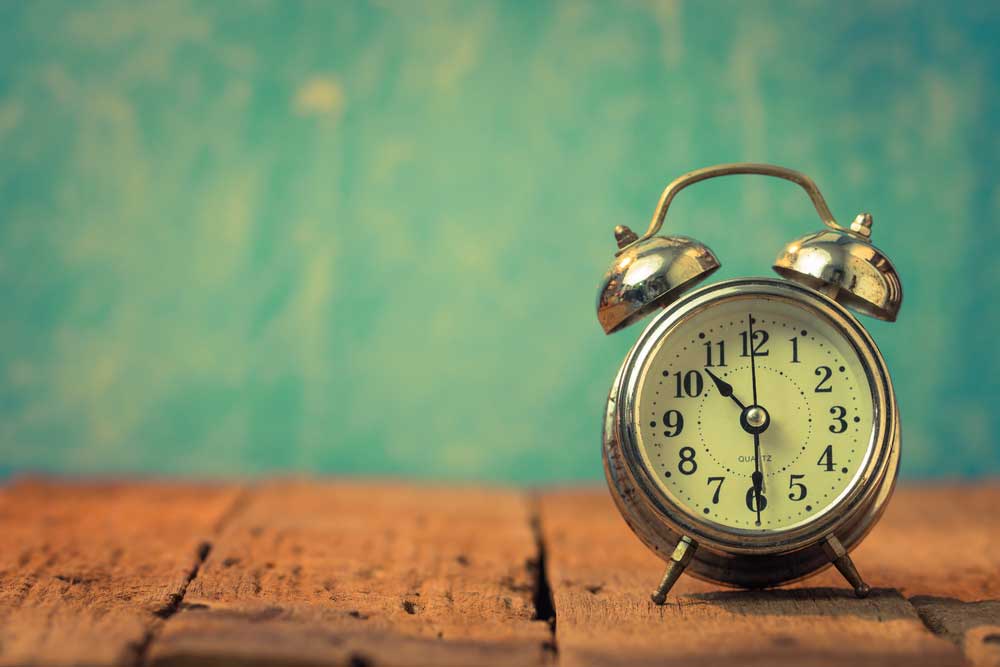Some Commonly Occuring Clock Problems

Clock Problems are often seen in several aptitude test papers. The underlying principles are basic modular arithmetic although the questions may seem to be confusing at times. Some of the questions below keep coming in many different exams.
We provide a list of basic facts needed to solve clock problems.
- The old analog clocks had only hour and minute hands. The new analog ones have 3 hands : hour, minute and second.
- The hour hands rotates 360◦ in 12 hours. A day has approximately two rotations of the hour hand.
- The minute hand rotates 360◦ in an hour and the second hand rotates 360◦ in a minute.
- The angle between the two adjacent hour marks on a clock is 30◦ and the angle between two adjacent small marks is 6◦.
- Digital clocks can have time set either in 12 hour laps with am and pm or in 24 hour laps.
- To convert am to 24 hour lap, keep the time the same. To convert pm to 24 hour lap, add 12 to the hour.

Image Source : Shutterstock
Now some clock problems follow.
- What is the angle between the hour and the minute hands at 3 : 00 am?
- What is the angle between the hour and the minute hands at 3 : 00 pm?
- What is the angle between the hour and the minute hands at 3 : 15 am?
- What is the angle between the hour and the minute hands at 3 : 15 pm?
- The angle between the hour and the minute hand was exactly 100◦. The time was sometime past 4:00 pm. What may have been the approximate time?
- What is the angle between the minute hand and the hour hand at 9 : 48 : 15 am? What is the reflex angle?
- What is the angle between the minute and the hour hands at 1758 hours? What is the reflex angle?
- It is 10 o’ clock. What is the next time both the hour hand and the minute hand be exactly overlapping each other? What is the next time both the hour hand and the minute hand form a straight line with each other?
- How many times during the day do the hour hand and the minute hand overlap each other? How many times during the day do the hour hand and the minute hand form a straight line opposite each other?
- Among the following pairs which have the minute and hour hands exactly exchanged?
- According to some time scale each minute has
seconds, each hour has
seconds and each day has
hours. If an analog clock is designed for such a time scale then determine when will there be a moment during the day when all the three hour, minute and second hands overlap with each other?
And one final question : What basic difference do you find between any two questions?